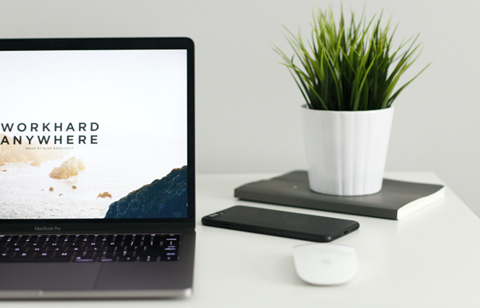
The start of the new year this time around will bring an extra layer of challenges for those responsible for deploying employee wellbeing programmes.
Whilst employers know they have a legal responsibility for the health and safety of their workers, they are perhaps now more aware than ever that this also includes broad spectrum wellbeing in its various forms. So 2021 will be a very different kind of year, and will have its own big challenges, especially if you are in HR, employee benefits or wellbeing.
Going all the way back to 1957, the FT featured an article about how to “keep managers healthy”, quoting a company doctor who recognised that employees rose to the top because of their “better-than-average” bill of health that enabled them to “work longer and harder without showing undue signs of strain”.
Thankfully things have moved on considerably since that era, and the gradual understanding of business owners and senior management has increased and developed to the point where the inextricable link between overall wellbeing and increased performance, and therefore ultimately company profitability, is fully recognised.
Why wellbeing is a key investment for a business
There are numerous published stats from research conducted by recognised companies such as Deloitte that demonstrate a return on investment of at least 5 to 1 when employee wellbeing programmes are deployed - in terms of fewer sick days, higher productivity levels, and lower health insurance claims. This translates into significant cost savings and turns into a whole new profit centre for the employer.
After the rigours of the pandemic and the ensuing financial devastation, employees are generally going to be more minded to stay in their jobs for longer - as a recent study by Zurich Insurance highlighted. Therefore an employer who is looking at how to engage their employees in the long-term should regard any wellbeing measures they choose to take as an investment in the employee, their health, and their productivity - as well as an investment in the company.
The pandemic has reinforced for many companies just how much they rely upon employees for their commitment to the company and ultimately labour productivity, which in turn emphasises that HR, compensation and benefits functions are key to defining how work is experienced and how the workforce evolves.
HR professionals will be at the frontline of their organisations, working with senior management to drive forward corporate strategy, and investing in different types of talent, technology and wellbeing tools. In a world of remote and blended working environments HR and wellbeing personnel will need to have agile and comprehensive tools at their disposal which will fit the new world of work which is now becoming established across the entire globe.
The importance of prevention
In light of the more recent covid pandemic and all the problems that this has highlighted, employee health and wellbeing is in the spotlight more than ever before, and the provision of resources to address and prevent problems arising due to this once in a lifetime situation has now become an increasingly hot topic.
Prevention of disease is critical in the future world of work, and covid has highlighted this with the data we now have relating to higher risk categories of people who are the most susceptible to the disease - e.g. obesity, diabetes, general lack of fitness, unhealthy diet, low resistance and immunity due to poor lifestyle etc.
COVID-19 distributes risk across entire populations, and has exposed significant shortcomings in some countries’ public health and welfare systems. Governments are going to be looking at ways of working with employers to better ensure that employees are equipped with the knowledge, resources and skills to maintain maximum health, so as to lead a better life and be less susceptible to disease of any kind - and of course less drain on nations’ health services.
Also, it must be remembered that while those whose work can now be done remotely may have experienced newfound gains in productivity and flexibility, they may also be facing challenges to their mental health and social wellbeing as they adjust to the blurred lines between their domestic and professional lives.
New kinds of burnout are appearing as a result of the adaptations to working behaviours, and we are all now familiar with the term ‘Zoom fatigue’. Filling up a work day with constant online meetings leads to extra workloads while employees catch up with other tasks and encroach on their own personal time - leading to more stress and mental overload.
Managers may need to adjust their management techniques and expectations of their teams now we are fully immersed in the world of digital working from home. With new processes and working patterns come needs for management as well as employees to adapt.
This applies to wellbeing as much as anything else, and providing easy to use digital tools will be key to successful adoption.











